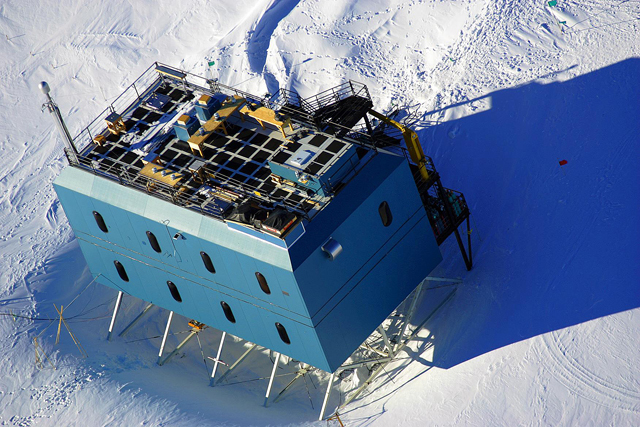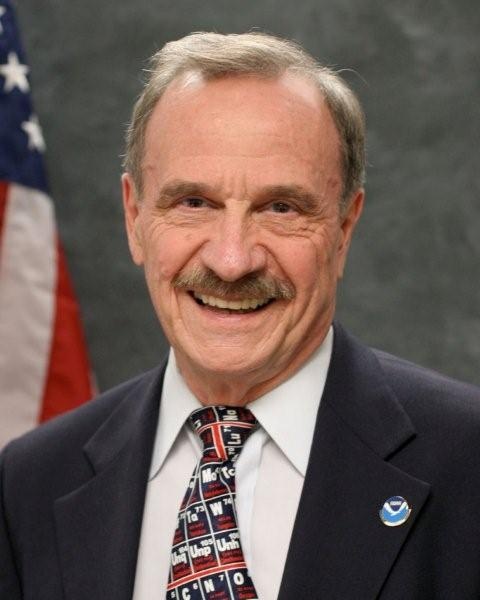RIP David J. HofmannLong-time polar researcher instrumental in ozone hole studiesPosted November 6, 2009
David J. Hofmann, one of the pioneers of stratospheric aerosol and ozone research, passed away in Boulder, Colo., on Aug. 11 2009. He was 72. Hofmann’s long and prolific scientific career was, as he would say, simple in concept. Make a long-term commitment to specific measurements, pay attention to the details, and focus on the important issues that the measurements raise — simple in concept, yet challenging to maintain in a world of short-term contracts and budgets. He sustained and led such programs through 25 years at the University of Wyoming and 17 years in the Climate Monitoring and Diagnostics Laboratory at the National Oceanic and Atmospheric Administration Hofmann began his technical career in the Navy as a radar technician aboard an aircraft carrier, 1954-1958. He later studied physics at the University of Minnesota In 1971, he and colleague Jim Rosen began making regular balloon-borne measurements of the size distribution of stratospheric aerosol. Together they initiated the first regular measurements of stratospheric aerosol since these particles were first measured a decade earlier. He and his colleagues also sampled the aerosol layer at other locations, ranging from nearly pole to pole. Soon after the Antarctic ozone hole was reported, Hofmann drew on his ballooning expertise and polar experience to develop better instruments. He and his group deployed to the U.S. Antarctic Program’s McMurdo Station Hofmann loved going to Antarctica. Over a period of 30 years, he traveled to the continent 19 times, as a leader of University of Wyoming research teams, and as director of NOAA’s facilities at the South Pole Station In 1991, Hofmann left Wyoming for a position as chief scientist at NOAA/CMDL, and in 1996 he accepted the position as director of NOAA/CMDL. He was instrumental in developing NOAA’s annual greenhouse gas index, and the ozone depletion index, as tools to enhance the connection between scientists and society. He was awarded the Department of Commerce’s Silver Medal for creating the greenhouse gas index. Hofmann is survived by his partner, Shirley Purcell, daughters Gretchen and Jennifer, and son Karl. Contributed by Terry Deshler, University of Wyoming, Laramie; James H. Butler, Susan Solomon, John E. Barnes, and Russell C. Schnell, NOAA, Boulder. |



For USAP Participants |
For The Public |
For Researchers and EducatorsContact UsNational Science FoundationOffice of Polar Programs Geosciences Directorate 2415 Eisenhower Avenue, Suite W7100 Alexandria, VA 22314 Sign up for the NSF Office of Polar Programs newsletter and events. Feedback Form |



